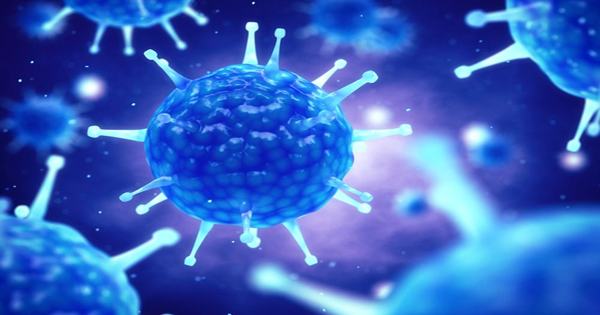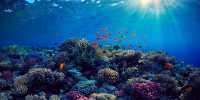A new study published in the journal PLOS Computational Biology has narrowed down the reasons for using 3D protein modeling. One of the key discoveries in controlling the parasite to understand why and how the disease is transmitted in animals is to help us see where it came from and where it could go.
Rare reports across the Kovid-1p epidemic have taken animals other than humans infected with the disease. Domestic cats and dogs, as well as captive mink that have tested positive for fear of spreading and even a zoo tiger, each exhibit a variety of illnesses. So, why do some animals get covid while others don’t?
Since the virus went worldwide, animals such as cattle and cats have been found to be contagious and pigs and chickens do not appear to be infected. To unravel the mystery, they looked at the cell surfaces of different animals to see how they interacted with the spike protein of SARS-CoV-2, known as the ACE2 receptor protein bound to the cell surface.
The Stork-Cavi-2 probably came primarily from the bat, but it is not clear where it came from because it is assumed that it passed through an intermediate host before retaining the presence of our intermediate defense system. The pangolins were highlighted as potential criminals.
The simulations depend on the approximation; they still carry water because they pinpointed properties that were unique to the covid-sensitive ACE2 receptors. Therefore, if an animal’s cells lack these properties, they are more likely to be resistant or have a less serious disease.
Using a computer to model different host-virus interactions, they were able to observe how well they were able to lock in spike protein ACE2 inhibitors. It’s like searching for the perfect lock according to a key’s. Their results showed how the ACE2 “locks” of animals fit the SARS-CoV-2 key in which the ACE2 locks correspond exactly to the animals that appear to be infected in real life.
João Rodrigues, a study author at Stanford University, California, said in a statement: “Thanks to open access data, print and freely available academic software, we wondered if Tigers could provide a 3D model of the protein structure to the Covid-19K? A possible explanation for why this happened in just a few weeks. “















